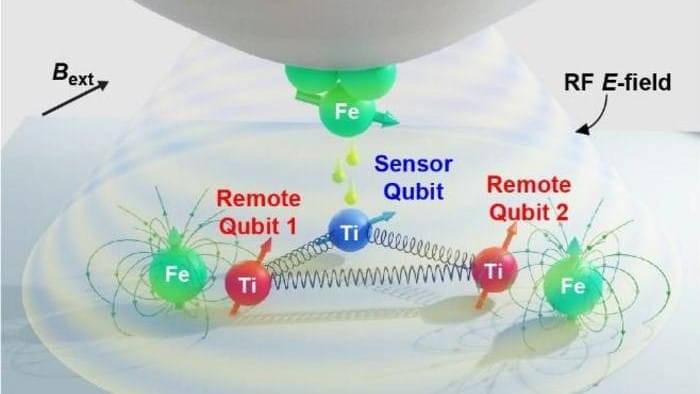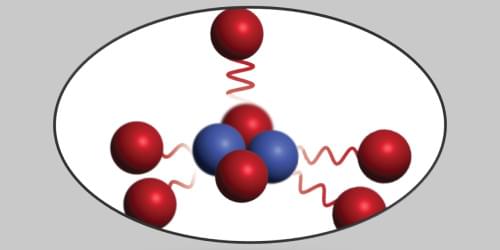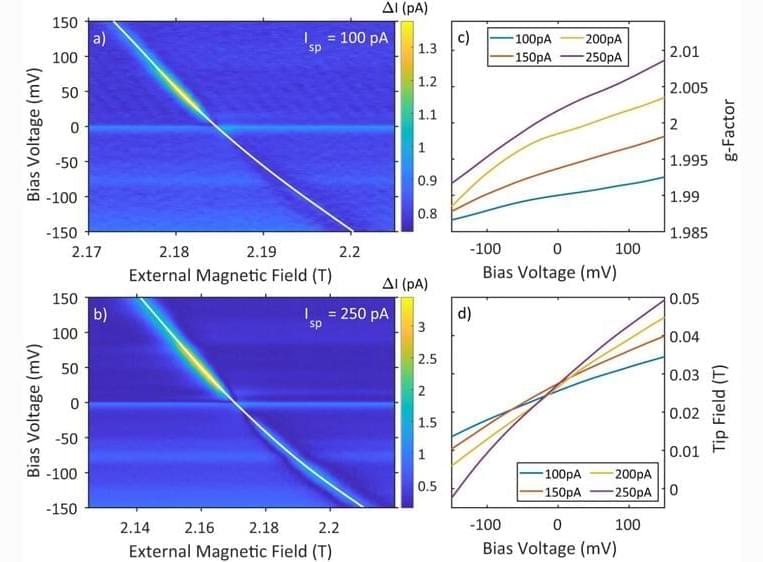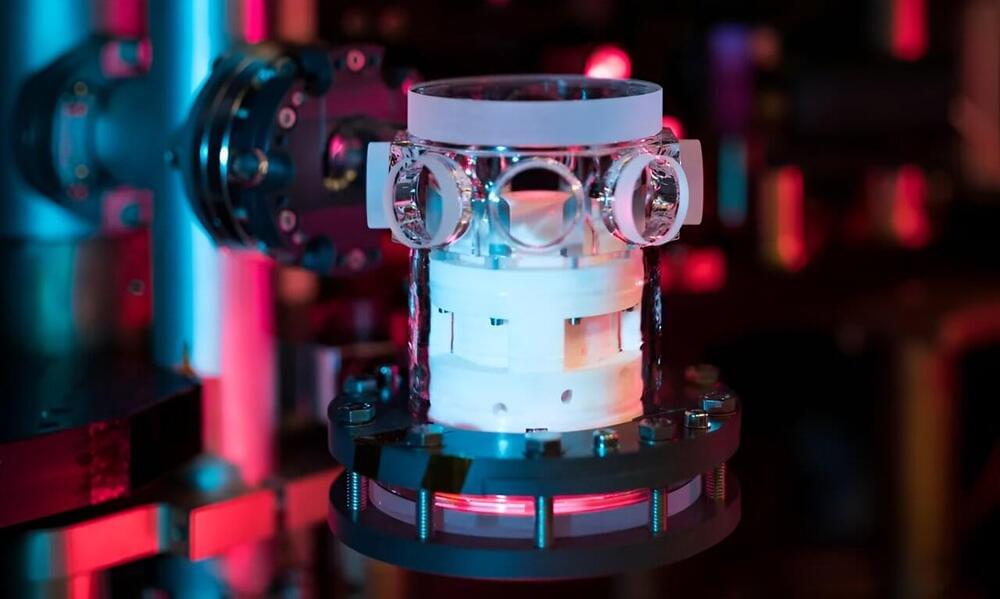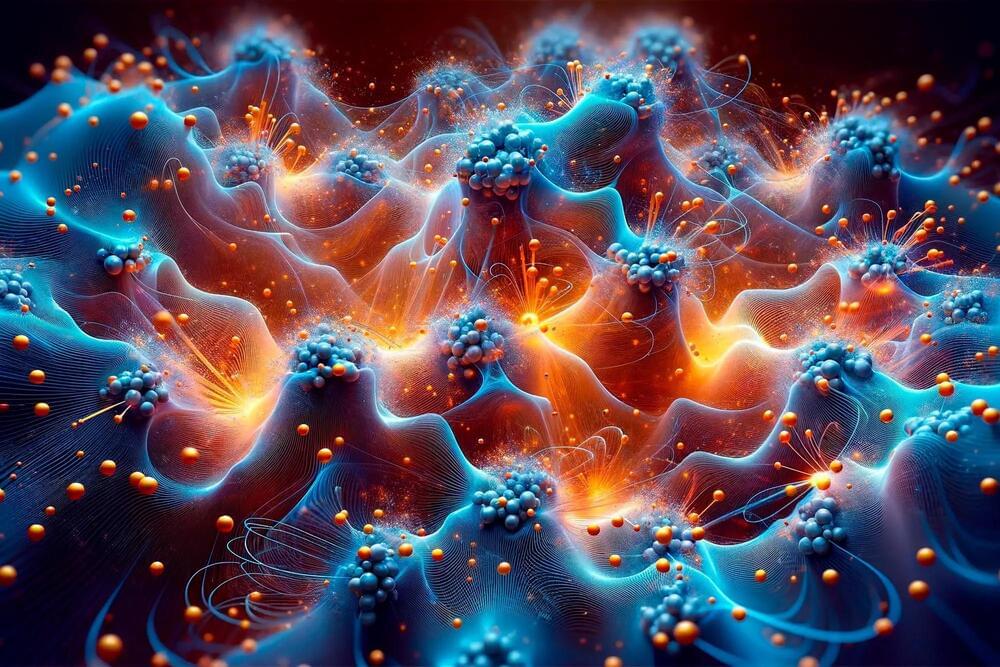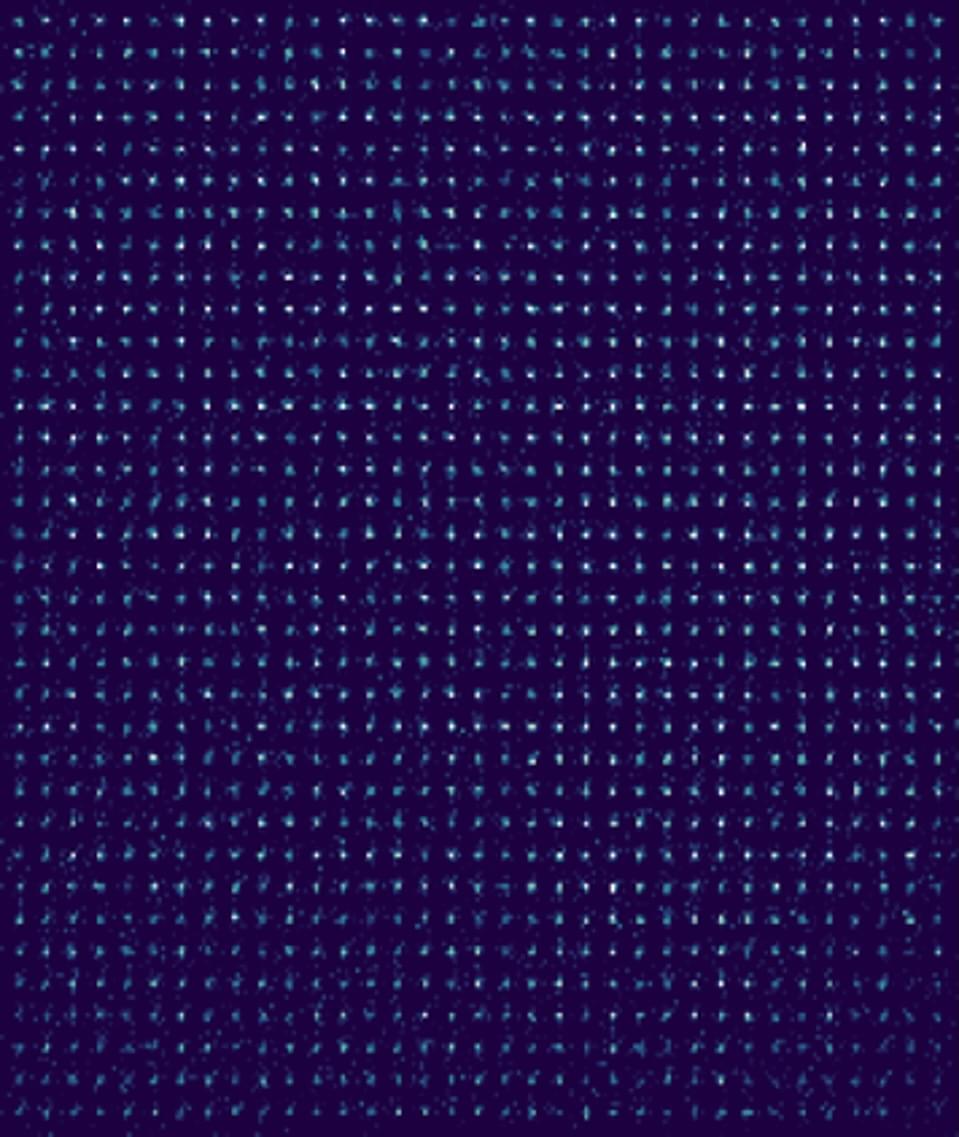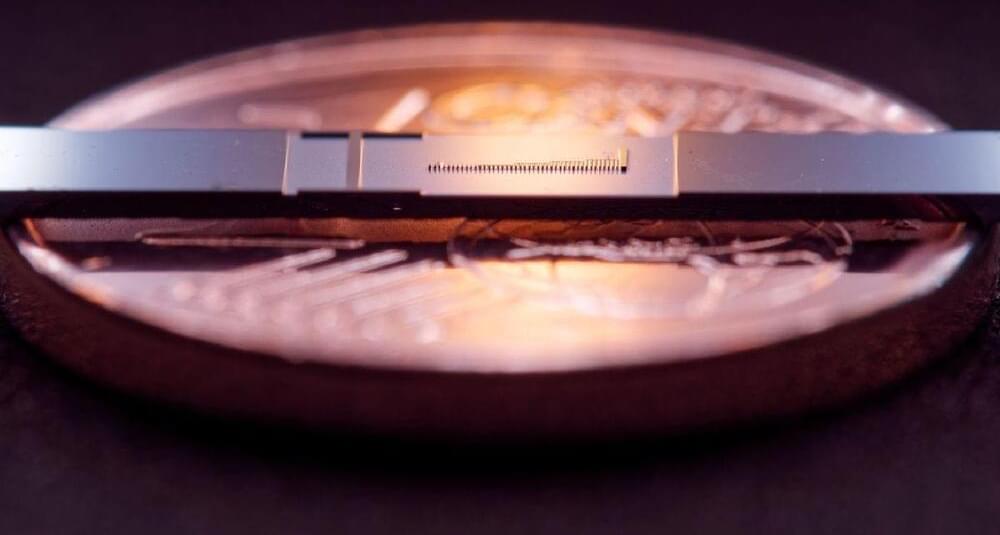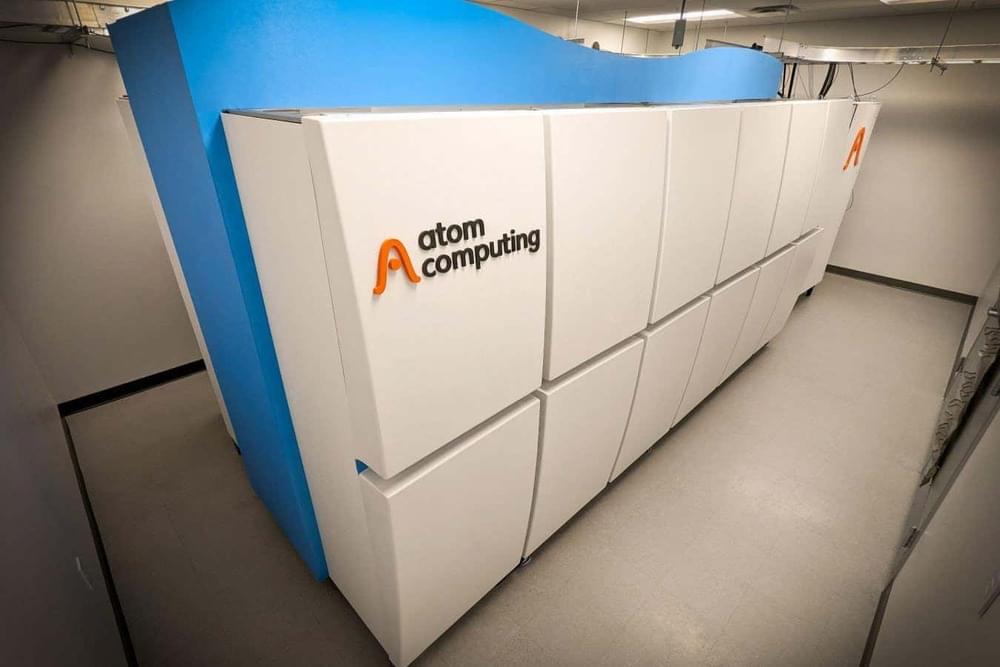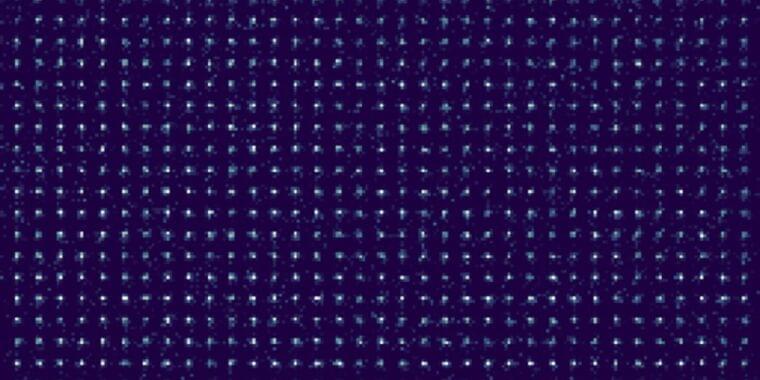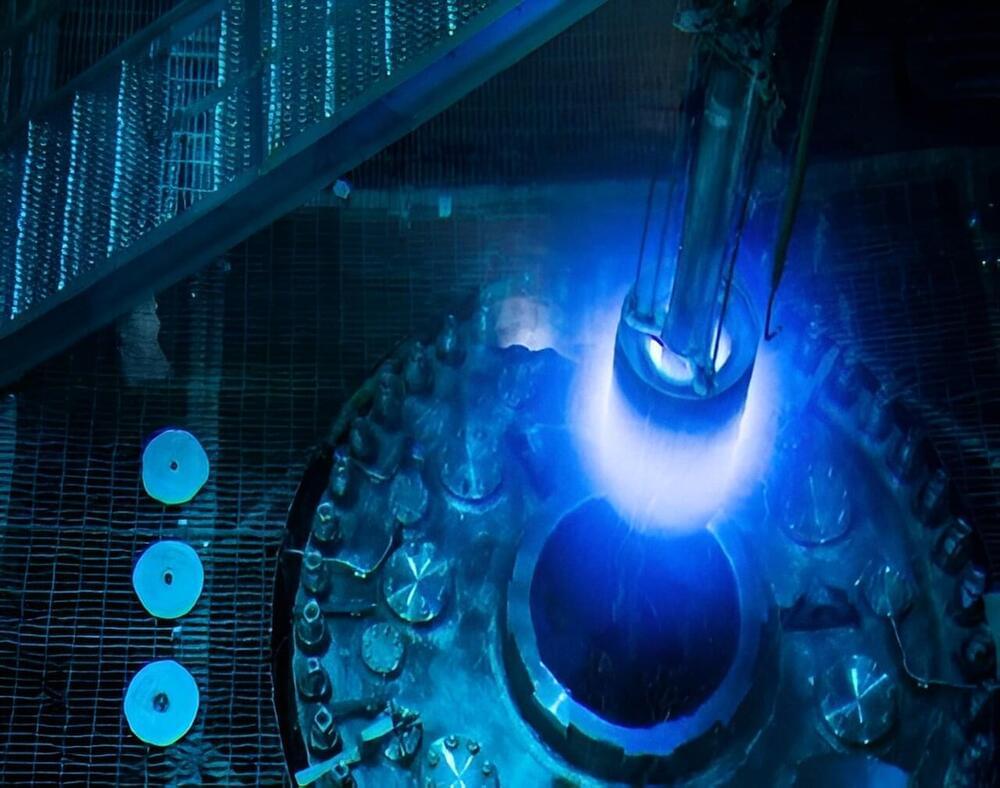Oct 28, 2023
Three-qubit computing platform is made from electron spins
Posted by Jose Ruben Rodriguez Fuentes in categories: computing, particle physics, quantum physics
A quantum computing platform that is capable of the simultaneous operation of multiple spin-based quantum bits (qubits) has been created by researchers in South Korea. Designed by Yujeong Bae, Soo-hyon Phark, Andreas Heinrich and colleagues at the Institute for Basic Science in Seoul, the system is assembled atom-by-atom using a scanning tunnelling microscope (STM).
\r \r.
While quantum computers of the future should be able to outperform conventional computers at certain tasks, today’s nascent quantum processors are still too small and noisy to do practical calculations. Much more must be done to create viable qubit platforms that can retain information for long enough for quantum computers to be viable.
